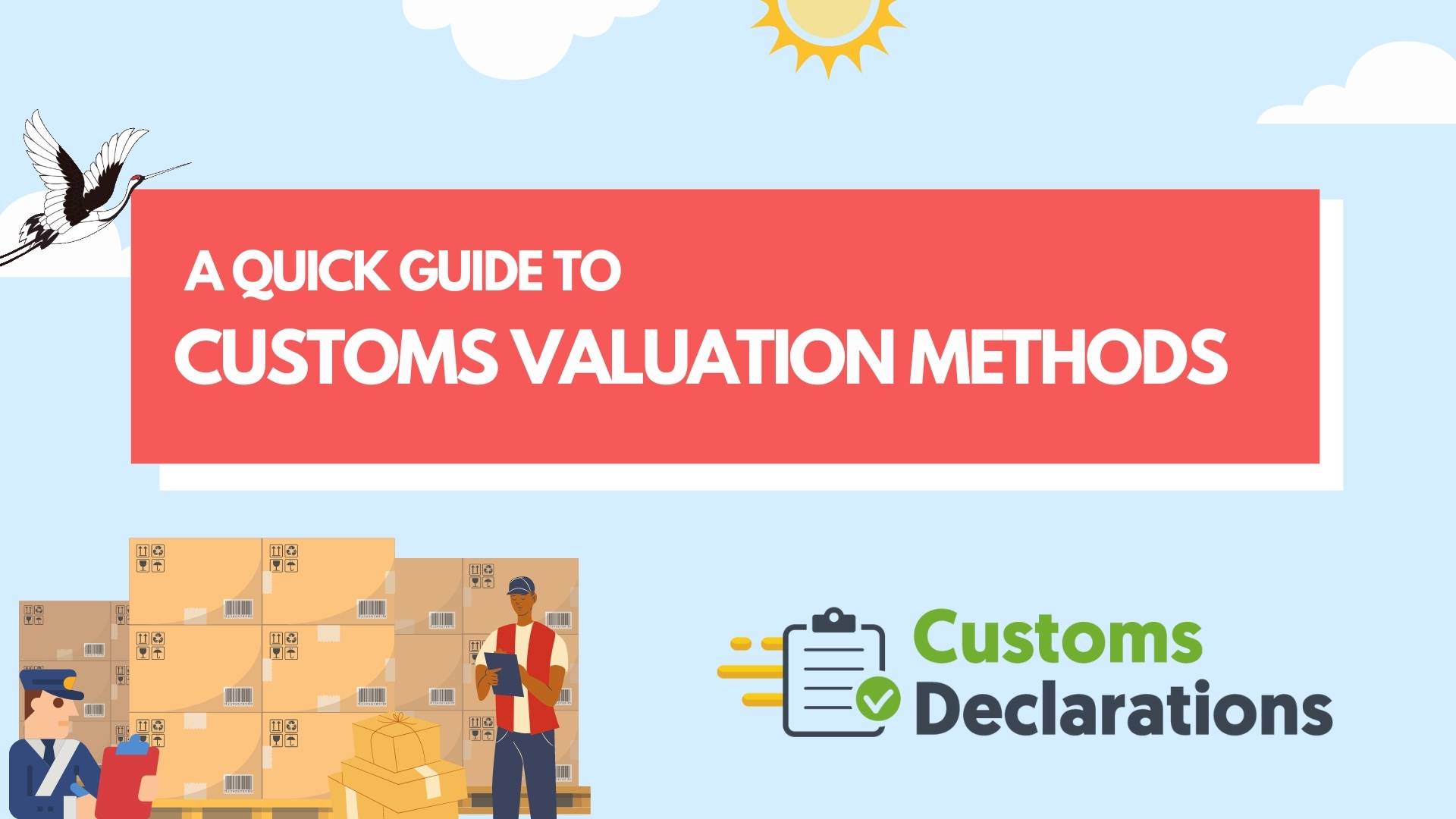Frequently Asked Questions (FAQs) related to customs valuation methods
Must I provide evidence to back up the Customs Duty value?
Yes. You must present relevant documentation and information requested by HMRC regarding an importation. Additionally, you may be forced to allow officers to inspect and extract data from all pertinent documents.
What if I object to a customs decision?
Suppose you disagree with the decision made against you. In that case, you have two options: request a review by writing to the decision-maker, explaining why you disagree with their decision or appeal directly to the tribunal.
What proof of the price paid or payable am I required to produce?
You can produce a copy of the seller’s invoice or another document in support of the payment. It includes any document used instead of an invoice, regardless of its format, insofar as: The document’s validity is unquestionable; the information contained in the document is sufficient to substantiate the particulars declared or the information required.
What happens if customs officials have reservations about the transaction’s value?
If HMRC has any reservations about whether the declared transaction value accurately represents the actual amount paid or payable, HMRC will request additional information from you. If those reservations persist, HMRC will advise you (in writing if you so choose) of the reasons for them before reaching a final determination about the claimed value’s acceptability. You will be afforded a reasonable amount of time to react. After that, we will make a final determination and notify you in writing.
What does it mean to be ‘related’ to the seller?
(1) For this Part, individuals A and B are connected in the following circumstances:
- A is an officer of B if B is a corporation
- A and B are active partners in the business
- A is an employee of B
- The same person controls both A and B’s businesses
- A owns a firm that B operates
- A and B own a business together
- A is a close member of the same family as B
What are SPVs?
Certain fruits and vegetables may have their customs values evaluated using a “Simplified Procedure System” known as the SPV. The prices are discounted in various ways to arrive at an average sterling value per 100 kilogrammes net for each product covered by the plan.
What do you mean by ‘delivery costs’?
These include the following:
- transportation costs
- insurance premiums (including global or blanket policies)
- costs for loading and handling
- charges for containers (for example, when hired for transportation of the imported goods)
- Terminal charges (fees associated with the handling/storage of freight containers at container depots)
- any additional expenditures incurred in transporting the items from one location to another
What is a ‘place of introduction’?
- Sea: If the commodities are transported directly to the United Kingdom, the place of introduction is the port of entry.
- Air: The place of introduction is when the air traveller first crosses the UK border.
- Whether it’s by road, rail, or inland waterway: The place of introduction is when goods pass through a customs office for the first time; this is usually when commodities enter the UK border.
- Post: The site of introduction is the delivery address, which could be your business or house.
What is a valuation declaration, and when is it required?
When Method 1 is employed, it is a form that provides information about the value declared on the import entry. HMRC ask you to complete a form for import declarations at the time of performing a post importation audit.










